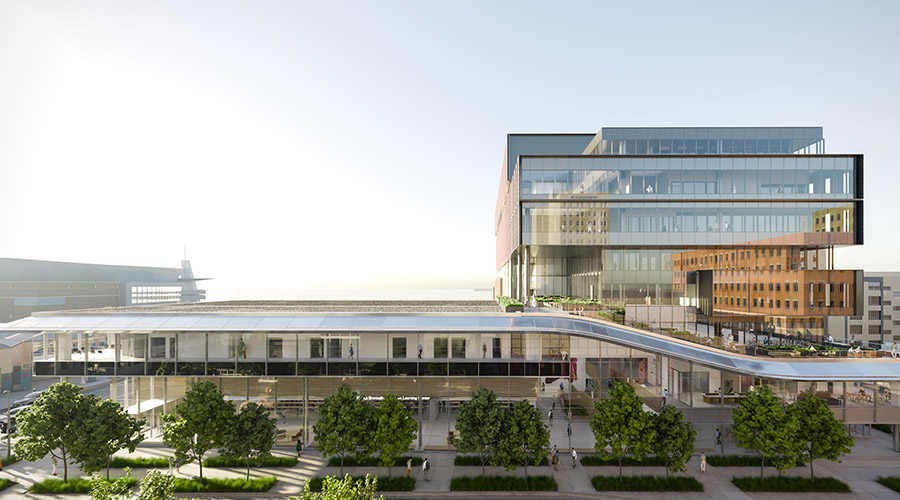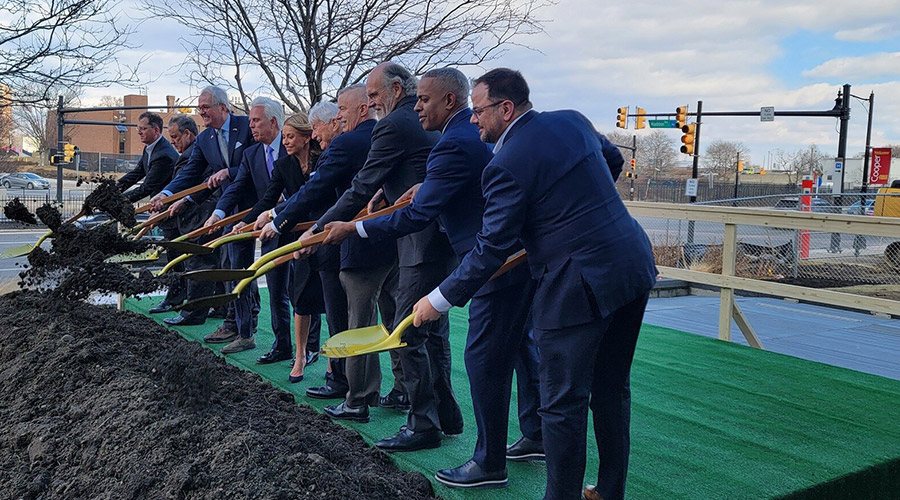The healthcare workforce of today is vastly different to the one of 10 years ago and almost unrecognizable to 20 years ago. In addition to the pressures of the patent cliff and healthcare reform initiatives, the rapidly changing dynamics of today’s employees are challenging healthcare facility professionals to find flexible, innovative ways to match their needs.
One of the biggest issues is the rise of mobility. Last year marked the first time that access to the internet via mobile devices, such as phone and tablets, surpassed access via desktop and laptop computers, according to smartinsights.com People no longer arrive en masse at 9 and leave at 5, which requires employers to have an exceptional amount of flexibility in terms of “time in the office.”
All over the world, forward-thinking facility managers are creating flexible and mobile options for employees within their hospitals, laboratories, clinics, nursing homes or assisted living facilities. Organizations recognize these options attract the right talent while creating environments where both employees and businesses thrive. Not surprisingly, Forbes recently revealed that 82 of the top 100 “Best companies to work for” allow employees to work outside the office 20% of the time.
For many organizations, this is being achieved through facilities management software. These systems are being used to streamline business processes, reduce facility costs, and simplify space and maintenance management. Simply put, facilities management software has revolutionized overall workplace performance and helped companies meet their objectives, including mobile workplace concepts.
This type of facilities software was particularly important to Bayer Consumer Care AG, owned by Bayer, when it realigned several offices including its corporate headquarters. Following an acquisition and a company relocation that doubled the number of employees but only increased their space by 21,500 square feet, Bayer utilized facilities software by Planon to generate a bigger, better picture of space utilization. Improved visibility into each location’s resources allowed more efficient use of space in terms of flexible work schedules and not taxing the headcount for each facility. The solution offered a greater degree of flexibility and control for all stakeholders, and staff was empowered to make some of their own (controlled) decisions, thus relieving the pressure on the FM department.
“The management reports that we can generate have given us a much better picture of space utilization,” says Maryanne Keller, Head of Facility Management. “Improved visibility into our resource-use enables us to plan better, manage work orders more efficiently and to make better use of our time.”
This “new way of working” evolved during the global economic downturn, as mobile technology developed and sustainability challenges pressured businesses into finding alternative ways of working. Ways that reduced costs, optimized resources, and increased workplace flexibility. Today, we see that not only the employee is more mobile, but the workplace is mobilizing as well.
In his 2013 research paper “Work and Workplaces in the Digital City,” researcher Andrew Laing distinguishes three new workplace concepts. The first are co-work spaces, which are open and invite people of all backgrounds to meet and collaborate. The second are open-house concepts, which are facilities that are owned by an organization that invites non-employees and other organizations to come and work there, often for free. And the third are cohabit offices, which are offices inhabited by a few specific organizations, effectively “mixing” their workforces.
The benefits of these arrangements are still being discovered. Harvard Medical School has found evidence that researchers’ work was cited in more publications if they collaborated with other scientists in the same building rather than collaborating with people in different locations.
Using facilities management software to help encourage a mobile climate within an organization has other benefits as well. It supports best practices in both fixed and flexible workplaces allowing businesses to revolutionize their core workplace strategies. It gives employees all the support and services they need, wherever and whenever they need them. The data derived from FM software also allows healthcare facility managers to intelligently harness insights into workplace usage patterns – giving you the means to strategically plan for the demands of our increasingly flexible workforce. It delivers comprehensive metrics on your existing space utilization allowing you to accommodate the changing workforce and highlight further opportunities and areas for improvement.
For example, Molina Healthcare also recently used Planon’s solution to implement a new facilities management system to manage 2.5 million square feet spread across 100 locations nationwide under one system.
To realize the full potential of the technology supporting alternative work spaces, companies need to be able to track and understand the use all their facilities. FM software can help support organizations in implementing efficient space management, while helping develop innovative workplace strategies aligned with the changing needs within the organization. These systems enable facility managers to bring all relevant data (i.e. spaces, workplaces, floor areas, CAD drawings, departments and people) together in one central database – the first step in professional space management and workplace innovation.
The next decade is certain to be one where business, industry, and society are presented with a wide variety of new challenges and opportunities. New demands are being created which lead to new service concepts and whole new ways of doing business. And it’s up to you as a forward-thinking facilities management professional to stay ahead, going beyond simply maintaining physical infrastructure and controlling costs. Next-generation facilities management software puts the tools you need in your hands. Use it to think, plan, and implement strategic initiatives to not only manage and improve the circumstances you face today, but prepare for any eventuality tomorrow.
Fred Guelen is Planon’s president of North America and CFO.

 The Top States for Pest Infestations
The Top States for Pest Infestations Ground Broken on Wichita Biomedical Campus Project
Ground Broken on Wichita Biomedical Campus Project Aligning Construction and Facility Activities to Minimize Problems
Aligning Construction and Facility Activities to Minimize Problems Cooper University Health Care Breaks Ground on 'Project Imagine'
Cooper University Health Care Breaks Ground on 'Project Imagine' 3 Employees Injured by Patient at Halifax Infirmary's Emergency Department
3 Employees Injured by Patient at Halifax Infirmary's Emergency Department